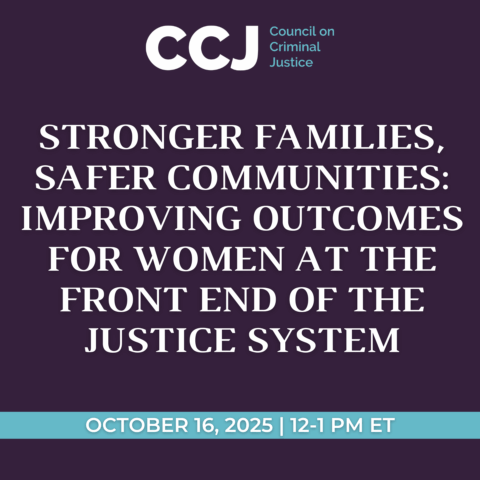This report updates and supplements previous reports by the Council on Criminal Justice (CCJ) on recent U.S. crime trends with additional crime data through June of 2022. The authors’ conclusions have not changed. High rates of violent crime and recent increases in property crime require immediate action from law enforcement and policymakers, including expansion of crime-prevention strategies of proven effectiveness and the enactment of needed policing reforms. Both initiatives are necessary to achieve durable reductions in violence and other crime in our cities.
Methodology
This study examines monthly crime rates for 10 violent, property, and drug offenses in 29 American cities. Not all cities reported data for each offense, and the data used to measure the crime trends are subject to revision by local jurisdictions. The 29 cities included in this study (see Appendix for full list) range from Norfolk, VA, the smallest, with 245,000 residents, to New York, the largest, with more than 8.4 million residents. Beyond this minimum population threshold, the study cities were selected because their police departments provided incident-level data in near real-time on their online portals.
The crime incident data for this report were obtained within days of the end of the study period to provide a timely snapshot of crime across the nation. As a result, these figures will likely differ from data subsequently published by individual police departments. They will also likely differ from counts released later by the FBI as part of its national crime reporting program. Data updates occur for multiple reasons. For instance, if the victim dies, an incident initially classified as an aggravated assault may be reclassified later as a homicide. For the most up-to-date information for a specific city, please visit its website.
Findings
- Over the past two years, homicides and gun assaults trended upward while most property crimes receded. In the first half of 2022, crime patterns partially reversed: in particular, homicides and gun assaults declined while property crimes rose.
- The number of homicides declined by 2% in the first half of 2022 compared to the first half of 2021 (a decrease of 54 homicides). While this reduction is heartening, the homicide rate is still 39% higher than it was during the first half of 2019, before the COVID-19 pandemic.
- The number of gun assaults dropped by 6% in the first half of 2022, but this trend is based on data from just 12 cities and should be viewed with caution.
- Aggravated assaults (+4%) and robberies (+19%) increased in the first half of 2022 compared to the first half of 2021.
- Domestic violence incidents decreased by 5% between the first half of 2021 and the first half of 2022. This result is based on just 12 cities studied and should be viewed with caution.
- Residential burglaries (+6%), nonresidential burglaries (+8%), larcenies (+20%), and motor vehicle thefts (+15%) all increased in the first half of 2022 compared to the first six months of 2021.
- Drug offenses dropped by 7% in the first half of 2022 over the first half of 2021.




